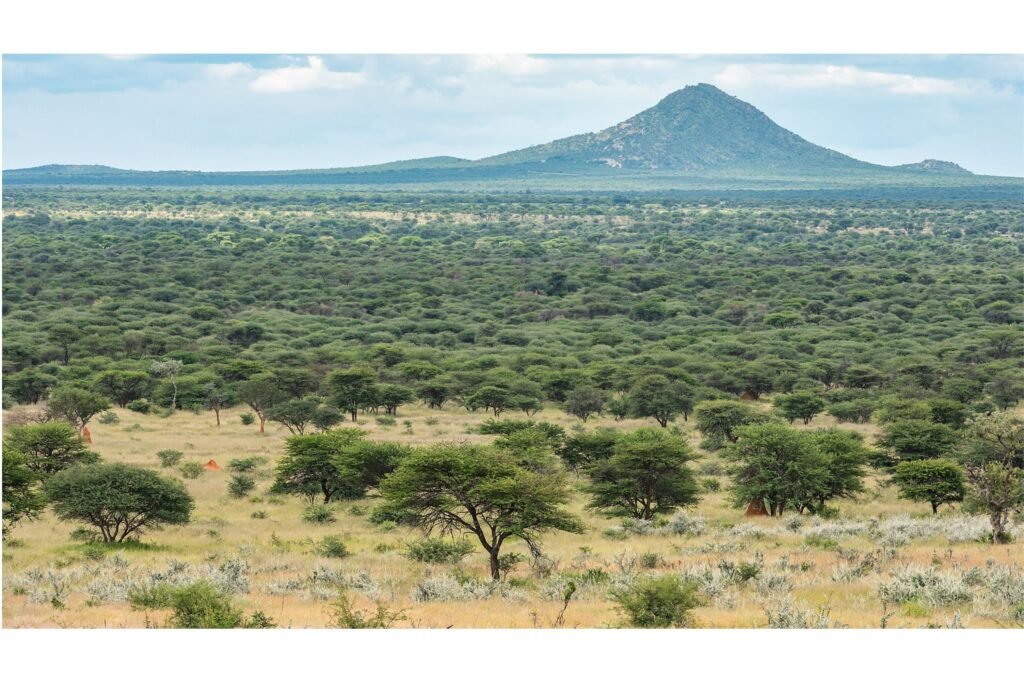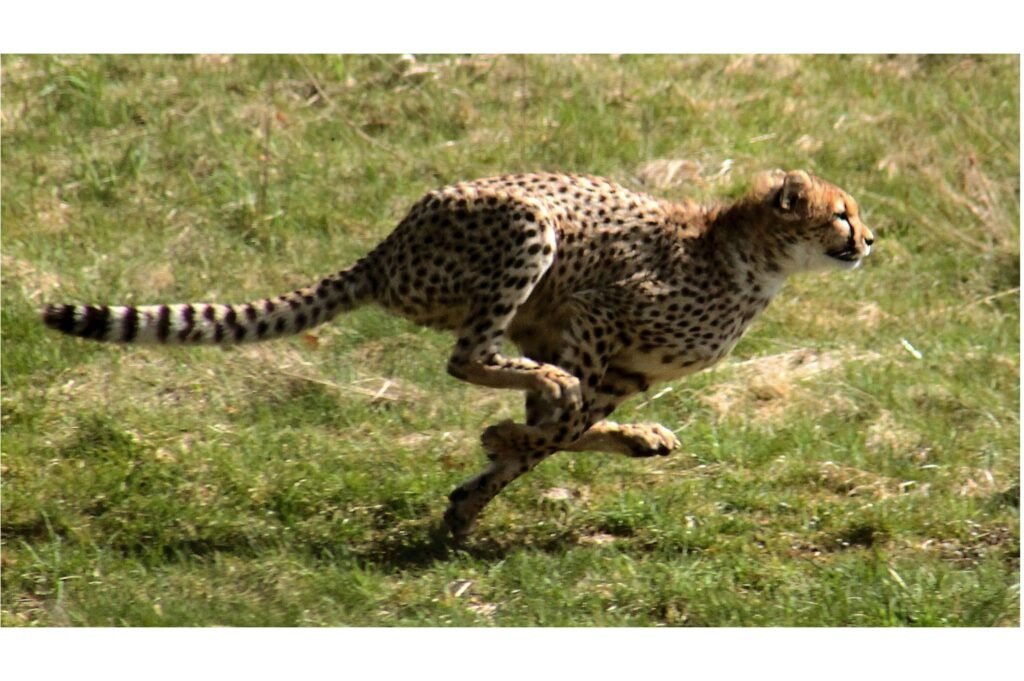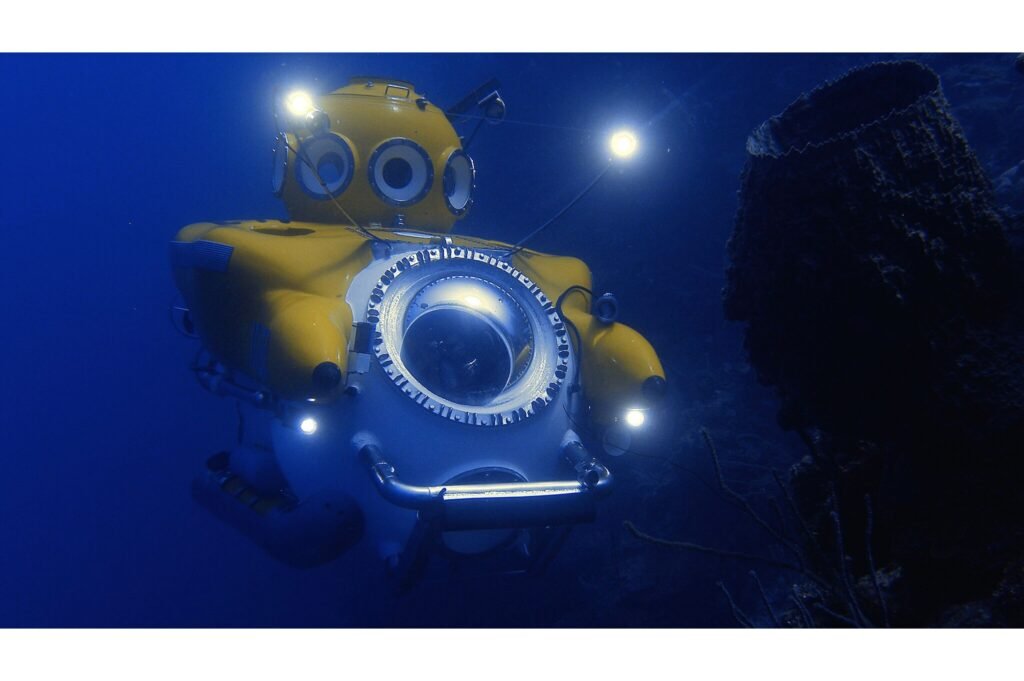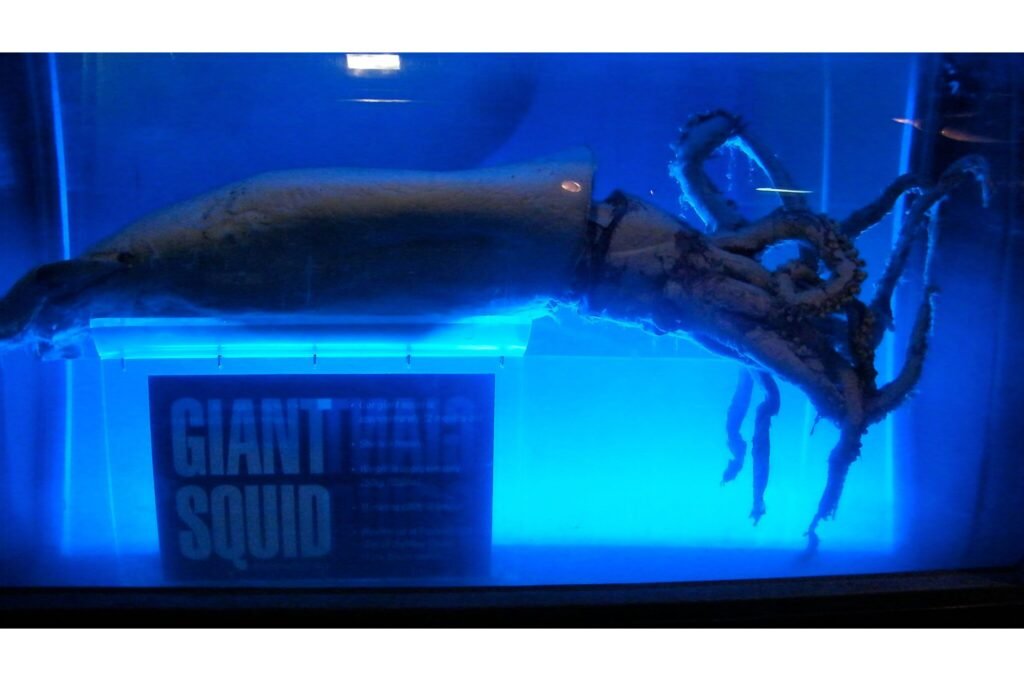The discovery of new species is an exciting and integral part of biological science. Each new species not only enriches our understanding of biodiversity but also provides insights into ecosystems, evolution, and the adaptability of life. But how are these species identified and named? This article delves into the meticulous process behind the identification and naming of new species.
Ecosystem Exploration: The First Step

The journey to discovering a new species often begins in unexplored or understudied ecosystems. Researchers, equipped with specialized skills and tools, navigate diverse environments—from deep-sea trenches to dense rainforests—seeking life forms yet to be documented. These expeditions require careful planning and an understanding of the target habitat’s ecology.
The Role of Taxonomists

Taxonomy is the scientific discipline focused on classifying organisms. Taxonomists are trained scientists who are crucial in identifying and naming new species. They combine field research and lab analysis to differentiate one species from another based on various criteria, including morphology, genetics, and behavior.
Examining Morphological Traits

Morphology—the study of the form and structure of organisms—is a foundational aspect of species identification. Taxonomists meticulously examine physical characteristics, such as shape, size, color, and anatomical features, to distinguish potential new species from known ones. Detailed illustrations and photographs aid in documenting these traits.
The Importance of Genetic Analysis

Advancements in genetic analysis have revolutionized species discovery. DNA sequencing allows scientists to compare genetic material across organisms, identifying genetic markers unique to a new species. This genetic approach is particularly useful in confirming species differentiation in cases where morphological differences are subtle or misleading.
Ecological and Behavioral Observations

Observing an organism’s ecological role and behaviors provides additional clues for species identification. Scientists assess factors such as diet, mating habits, and habitat preferences to understand how the organism fits within its ecosystem and whether it displays unique traits specific to a new species.
The Process of Verification

Once a potential new species is identified, the findings must be verified through peer review. This involves sharing data with the scientific community, often through journals or conferences, where other experts validate the research methodology and conclusions. This collaborative scrutiny ensures the species identification is accurate and universally accepted.
The Naming of New Species

Naming a new species is governed by the International Code of Zoological Nomenclature (ICZN) for animals or the equivalent botanical code for plants. The scientific name, often in Latin, typically reflects distinctive features, honors a person, or denotes the location of discovery. This naming convention ensures each species has a unique and universally recognized identifier.
Ethical Considerations and Conservation

The discovery of new species prompts discussions on conservation and ethical responsibilities. Researchers strive to understand the ecological importance of a new species and its conservation status, particularly in habitats threatened by human activity. Protecting newly described species is crucial to maintaining biodiversity.
The Impact of Technology

Recent technological advancements have significantly aided species discovery. Tools like remote sensing, geographic information systems (GIS), and environmental DNA (eDNA) sampling enhance researchers’ capabilities to identify and analyze species, often in ways that are less invasive and more efficient than traditional methods.
Stories from the Field: Notable Discoveries

Throughout history, notable species discoveries have captivated the public imagination. From the identification of the giant squid to the recent documentation of the ‘sneezing’ monkey in Myanmar, each discovery highlights the unknown wonders of nature and the continual expansion of our ecological knowledge.
The Continuous Quest for Knowledge

As Earth’s biosphere holds countless undiscovered species, the work of identifying and naming them remains a vital endeavor in the scientific community. Each discovery not only contributes to the broader understanding of life on our planet but also reinforces the intricate connections that sustain biodiversity and ecological health.

Jan loves Wildlife and Animals and is one of the founders of Animals Around The Globe. He holds an MSc in Finance & Economics and is a passionate PADI Open Water Diver. His favorite animals are Mountain Gorillas, Tigers, and Great White Sharks. He lived in South Africa, Germany, the USA, Ireland, Italy, China, and Australia. Before AATG, Jan worked for Google, Axel Springer, BMW and others.




